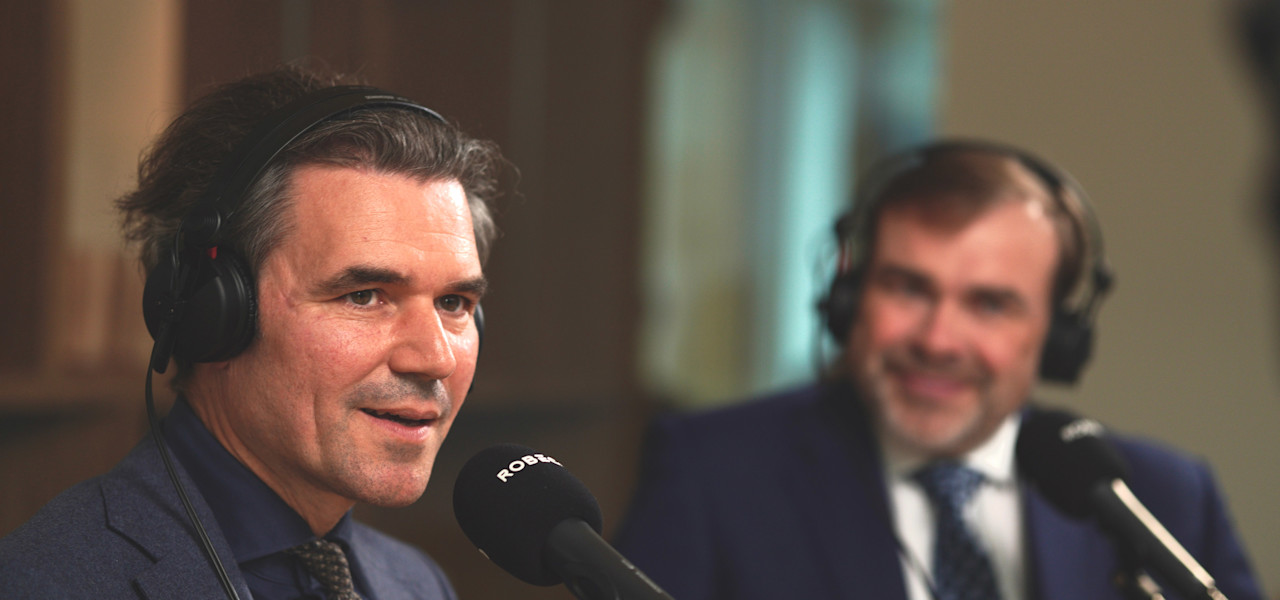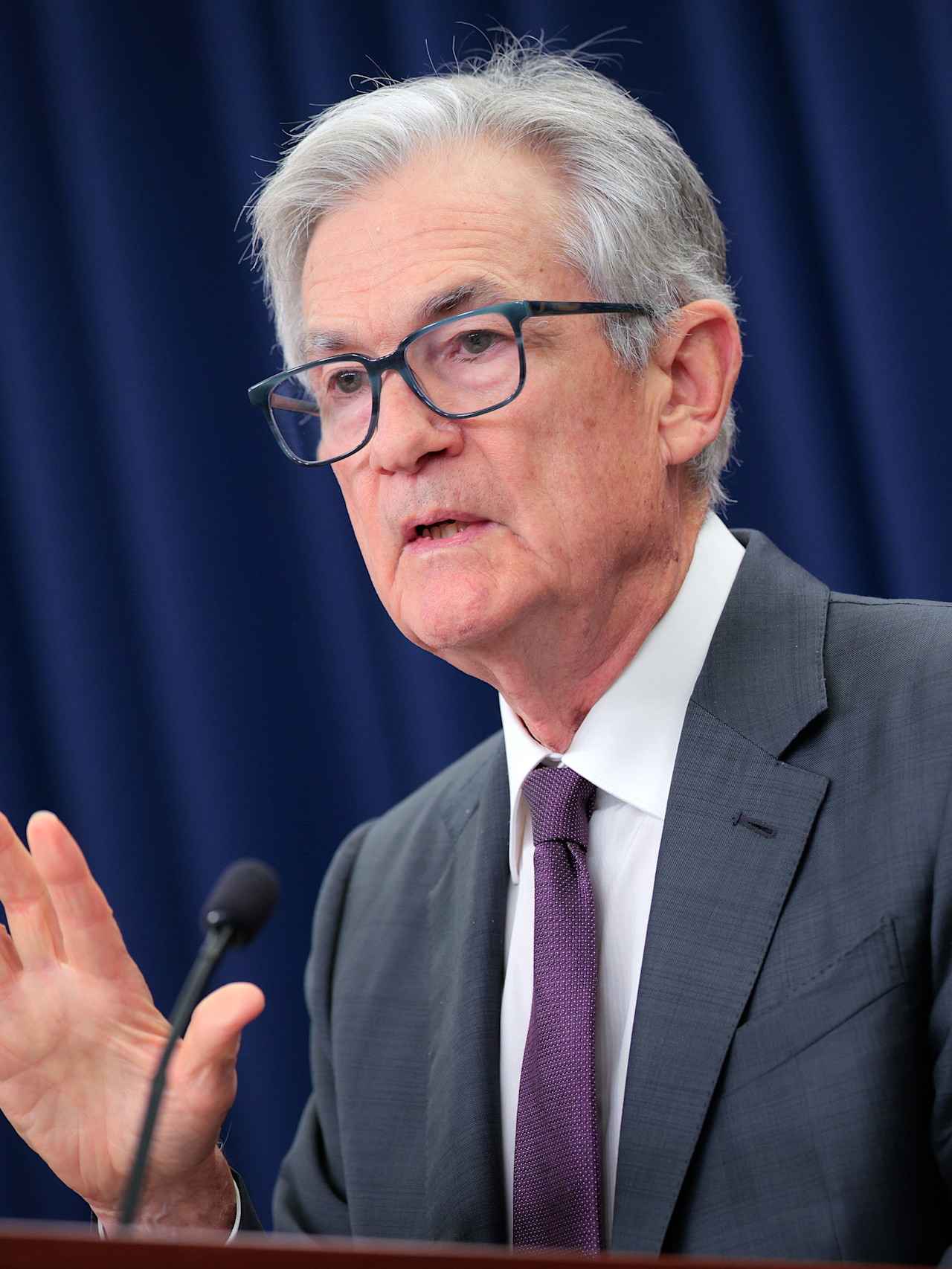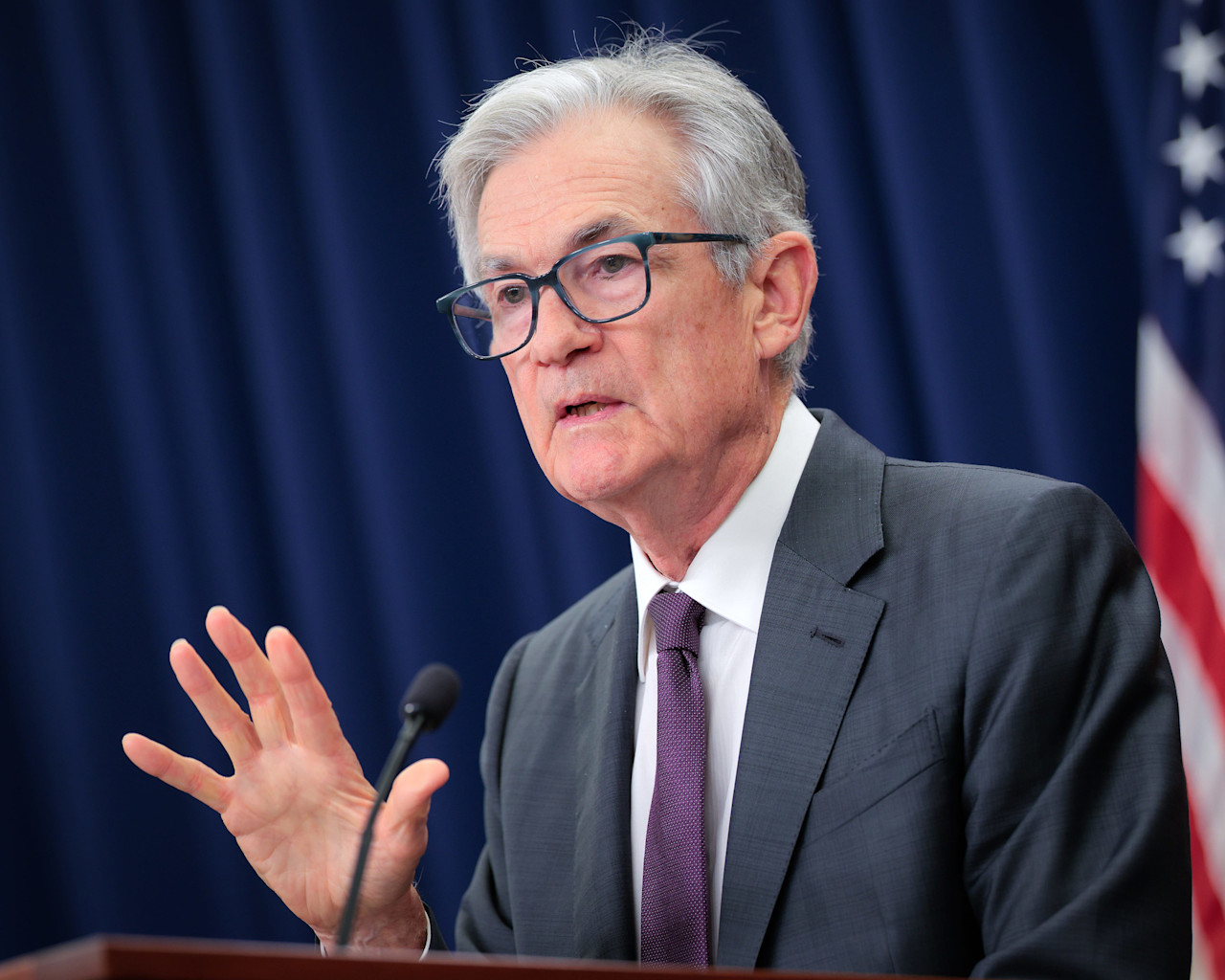

Volatility strikes in the UK bond market
Per le nostre strategie fixed income aggregate vediamo opportunità sullo yield dei titoli investment grade in sterline.
まとめ
- Bank of England steps in to avert an LDI crisis
- Active quantitative tightening might have to wait
- Buying opportunity emerging for sterling investment grade credit
Developments in the UK have in recent weeks induced further volatility in global bond markets. Since 22 September, 30-year UK Gilt yields have traded in a 200 bps range, first rising very sharply after the new government delivered its mini-budget, only to reverse half of that following the announcement by the Bank of England (BoE) that it would intervene in the long-dated Gilt market to ease volatility.
The announcement of large unfunded tax cuts without any supplementary calculations or scrutiny from the Office for Budget Responsibility (OBR) prompted investor concerns about how they would be financed. This led to the largest sell-off in long-dated Gilt yields on record, while briefly putting downward pressure on sterling and prompting wider credit spreads.
Volatility in the long end of the Gilt yield curve was exacerbated by issues in the liability-driven investment (LDI) market, where Gilts and other assets classes have been sold to satisfy near-term liquidity needs. This effectively disrupted the normal functioning of the ‘risk-free’ segment of the government bond curve, threatening financial market stability.
Indeed, there is plenty of anecdotal evidence in the media of LDI investors who were unable to meet collateral and liquidity requirements, and whose forced selling triggered downward spirals in markets. Long-end Euro and UST bond yields also increased sharply as a result; credit spreads widened, equities fell and cyclical FX traded down sharply. In short, volatility struck again!
These developments have raised questions around the UK’s debt sustainability and even concerns about the possibility of an emerging market-style currency crisis. These are not justified, in our opinion. First, the UK’s debt metrics contradict such worries, with its debt-to-GDP ratio being slightly lower than that of many of its developed market peers and its average debt maturity being much longer – a healthy feature from a refinancing perspective.
Secondly, the UK government was relatively fast to shift its tone in a way that provided some assurance to markets, albeit without making a complete policy reversal. Indeed, over the weekend after the announcement of the mini-budget the Prime Minister acknowledged that it should have been handled differently, and on 3 October the decision to reduce the 45% tax rate was reversed. Furthermore, the government has pledged involvement of the OBR in the budget process going forward, which we see as a good sign.
Active QT might have to wait
The BoE held its last policy meeting one day before the mini-budget announcement and its actions since then seem to suggest they were surprised by the size of the mini-budget and the subsequent market reaction. In a split vote during that meeting, the Monetary Policy Committee (MPC) decided against a 75 bps hike and increased the bank rate by just 50 bps to 2.25%, with the MPC’s newest member, Swati Dhingra, voting for just 25bps. The BoE also announced a plan to actively sell government bonds, starting on 3 October, as part of its quantitative tightening (QT) policy.
Following the mini-budget announcement, a brief BoE statement on Monday 26 September failed to assure markets. Finally, on Wednesday 28 September, the BoE was forced to intervene and purchase government bonds to stabilize the long end of the Gilts curve, while postponing the start of its active sales program to 31 October. The size of the latter was left unchanged. The intermediate intervention (on “whatever scale is necessary”) was seen as a necessary response to rising financial stability risks.
Gilt yields have come down significantly since the intervention but are still at elevated levels, signaling that markets expect the BoE will be forced to hike the bank rate more than had been expected before the mini-budget. Indeed, (structural) fiscal easing at a time of very high inflation calls for an even more aggressive monetary tightening path. This is exacerbated by the current account dynamics which should lead to a bit more upward pressure on yields and/or downward pressure on sterling.
Currently, peak interest rates of around 5.25% are priced in versus a neutral interest rate estimate of 2%. We think that these kind of interest rates could really ‘break’ the UK economy, by potentially triggering a deep recession. We anticipate the BoE could hike rates by 75 bps in November and 50 bps in December. For 2023 as a whole we expect another 100 bps in hikes cumulatively, but frontloaded in Q1. Given that the government has backtracked somewhat in both the content and optics of its fiscal plan, we think that it is unlikely that the BoE will deliver an intermeeting hike in October.
We expect the BoE’s market intervention program to become a permanent measure. For now it has committed to intervene in the long-dated Gilt market until 14 October and to start active Gilt sales on 31 October. Selling Gilts would speed up the balance sheet shrinkage and would tighten monetary policy, as desired by the BoE, but it would also deliver more Gilt duration to the market at the same time that government is planning to issue additional Gilts to fund the fiscal easing.
The combined effect of this would be a rise in the net supply of Gilts to unprecedented levels, risking some additional risk premia in Gilts. But given their resolve to maintain financial stability and to reduce dysfunction in the Gilt market, it seems unlikely that the BoE would start to actively sell Gilts on 31 October. Instead, it could be forced keep the threat of intervention alive to prevent dysfunction in the Gilt market. At the same time, we expect the BoE to continue its passive QT program (e.g. no reinvestments of maturing bonds), although we question how long this can be the case given the UK is slipping into recession, which is forcing the BoE to slow its pace of tightening.
Buying opportunity emerging for sterling investment grade
Volatility and sharp swings in sentiment create opportunities. We think an opportunity to buy sterling investment grade (IG) corporate bonds outright has arrived, as yields have reached levels seen only once in the past 20 years – during the worst throes of the GFC. The volatility following the mini-budget has pushed not only Gilt yields up but credit spreads wider. As a result, sterling IG yields are currently trading with a 6% handle, which is cyclically very attractive compared to history.
Two components combine to make these valuations attractive: first, Gilt yields are over +300 bps higher year to date in 2022; second, sterling IG spreads have widened to levels only 40 bps below their Covid highs in 2020. Taken together, these mean sterling IG yields have risen nearly 500 bps since December 2021.
Figure 1 | Sterling investment grade credit

Source: Robeco, ICE Bofa; 5 October 2022
While we think sterling IG is attractive at a 6.75% yield for long-term investors, that is not the same assertion as saying that yields might not rise to 7 or 8%, as they did in 2008. Tail risks from Russian nuclear escalation or a banking failure in Europe are obvious identifiable catalysts that could take us there. As with most value opportunities, we therefore prefer to scale into a position gradually. The good news is that we think the time to scale in, in sterling IG at least, has begun.
重要事項
当資料は情報提供を目的として、Robeco Institutional Asset Management B.V.が作成した英文資料、もしくはその英文資料をロベコ・ジャパン株式会社が翻訳したものです。資料中の個別の金融商品の売買の勧誘や推奨等を目的とするものではありません。記載された情報は十分信頼できるものであると考えておりますが、その正確性、完全性を保証するものではありません。意見や見通しはあくまで作成日における弊社の判断に基づくものであり、今後予告なしに変更されることがあります。運用状況、市場動向、意見等は、過去の一時点あるいは過去の一定期間についてのものであり、過去の実績は将来の運用成果を保証または示唆するものではありません。また、記載された投資方針・戦略等は全ての投資家の皆様に適合するとは限りません。当資料は法律、税務、会計面での助言の提供を意図するものではありません。 ご契約に際しては、必要に応じ専門家にご相談の上、最終的なご判断はお客様ご自身でなさるようお願い致します。 運用を行う資産の評価額は、組入有価証券等の価格、金融市場の相場や金利等の変動、及び組入有価証券の発行体の財務状況による信用力等の影響を受けて変動します。また、外貨建資産に投資する場合は為替変動の影響も受けます。運用によって生じた損益は、全て投資家の皆様に帰属します。したがって投資元本や一定の運用成果が保証されているものではなく、投資元本を上回る損失を被ることがあります。弊社が行う金融商品取引業に係る手数料または報酬は、締結される契約の種類や契約資産額により異なるため、当資料において記載せず別途ご提示させて頂く場合があります。具体的な手数料または報酬の金額・計算方法につきましては弊社担当者へお問合せください。 当資料及び記載されている情報、商品に関する権利は弊社に帰属します。したがって、弊社の書面による同意なくしてその全部もしくは一部を複製またはその他の方法で配布することはご遠慮ください。 商号等: ロベコ・ジャパン株式会社 金融商品取引業者 関東財務局長(金商)第2780号 加入協会: 一般社団法人 日本投資顧問業協会





















